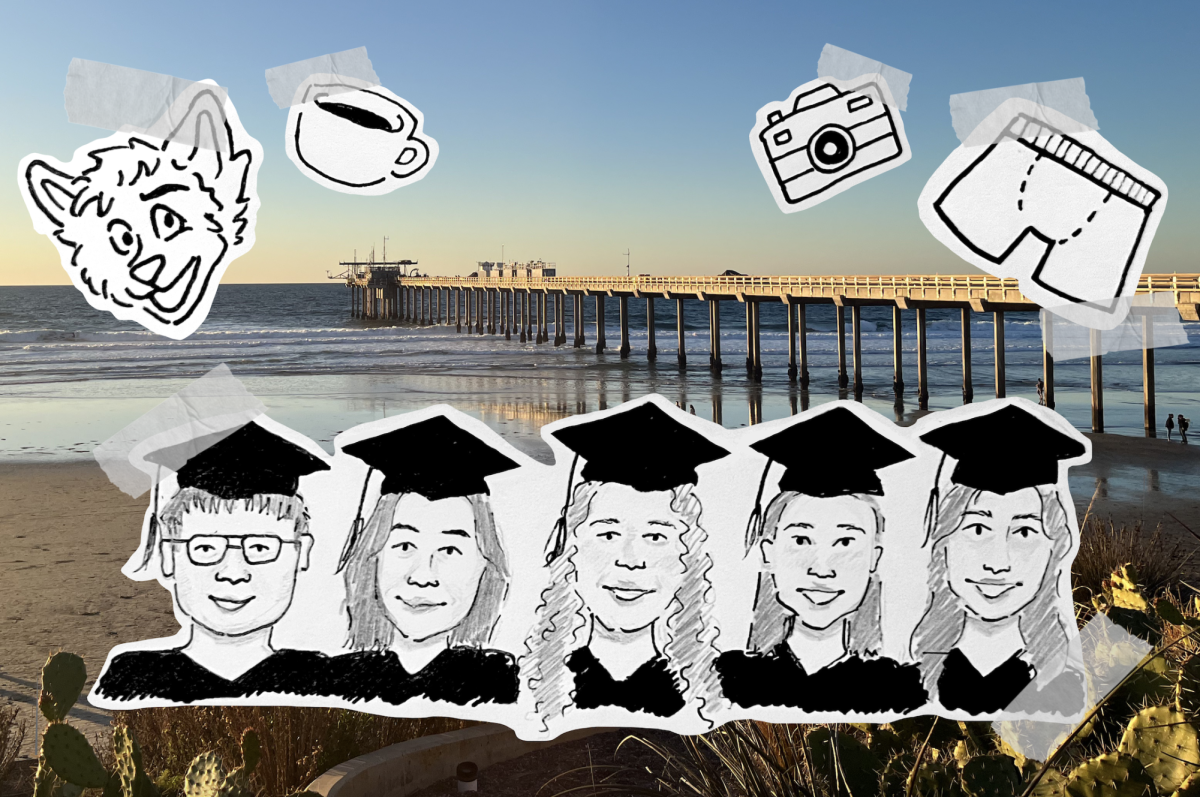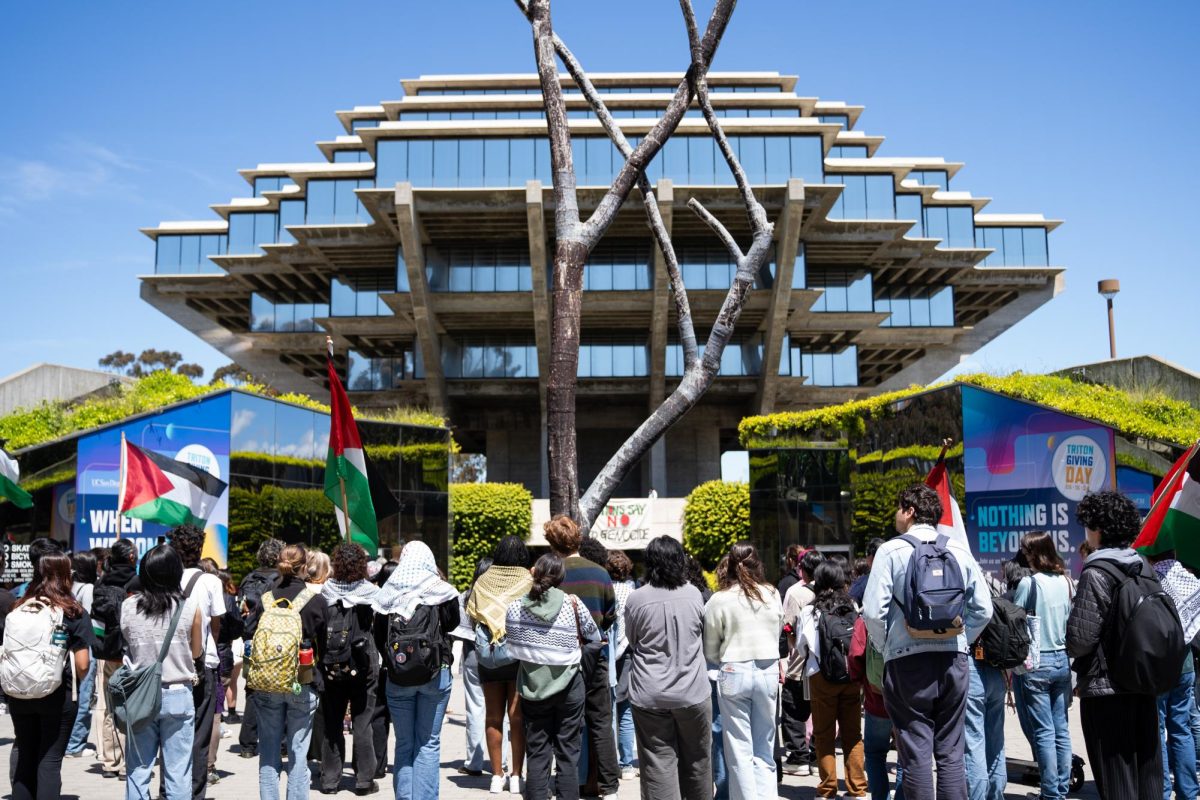From the crystal clear floor-to-ceiling walls of Cafe Ventanas to the airy and open high ceilings of the Great Hall, the architecture of Eleanor Roosevelt College is uninhibited and inviting. With the aesthetically pleasing buildings and large common rooms, the college is designed to unite, creating a close-knit community with members who serve locally and globally.
Patricia S. Goen, dean of student affairs at ERC, said the buildings were arranged to facilitate community. The apartments along International Walk (the long stretch of sidewalk through International House) face out onto the pathway, the freshmen dorms are placed around a central lawn and many of the residence halls have terrace balconies. All of these features promote “”informal interaction,”” Goen said.
ERC students also feel their community ties are particularly strong.
“”There is a unity [within] classes,”” said Roosevelt senior Poorav Patel, describing how people within the same class year develop strong connections that allow them to remain friends long after they leave the dorms. The layout makes students feel part of a larger entity, Patel said.
For many ERC students, involvement in the campus community is only the beginning. Students are also active members of society at the global level. The college mission to “”develop world citizens”” is reflected in many of ERC’s student organizations, such as the Community Outreach Effort. The program provides opportunities for people to volunteer locally as well as internationally. Some of the local projects involve beach cleanups and working with children at a Tijuana orphanage. The program also offers students the chance to volunteer abroad though “”Spring BreakAway,”” a project that allows students to aid international communities in countries such as Peru, Russia and Costa Rica.
The goal of this program is to give students “”a glimpse of what it’s like to volunteer abroad,”” said Patel, who is also the president of C.O.R.E. Patel explained that the project not only helps people in other countries, but also opens the minds of the students involved.
“”In a week, you can’t change the world, but you can foster change within yourself and reflect [that change] upon the world,”” Patel said.
The Making of the Modern World program is a cornerstone of ERC’s curriculum that also provides students with insight into global societies. This general education series provides students with the opportunity to gain an “”understanding of how all of the great civilizations across the world were formed,”” and gives a “”global perspective on how we have evolved as a society,”” Goen said.
The six-quarter sequence examines many aspects of world civilizations, such as their history, culture and religion. The international focus of MMW was an important factor in the decision to name the college after Eleanor Roosevelt. Throughout her life, the former first lady supported international relations and global understanding, concepts that are at the heart of the MMW program.
Intercultural communication is also prominent in UCSD’s International House, situated within the ERC neighborhood and administered by the college. According to director Christi Gilhoi, I-House is “”a place that demonstrates the ideal of people living together all over the world.””
I-House organizes many programs designed to give students a broad look at the many cultures and peoples of the world, such as language conversation tables and culture nights. Gilhoi emphasized the importance of the international learning experience and the way in which I-House provides opportunities for intercultural exposure.
“”It would be ideal for every undergraduate student to have an international experience at UCSD,”” Gilhoi said. “”Studying abroad is one option, I-House is another option.””
Many ERC students do get the chance to study abroad. “”At least one-third of each graduating class has either studied, traveled, volunteered or worked abroad,”” Goen said.
ERC continues to create opportunities for global awareness as well as international experiences. In 2004, the college introduced an international migration studies minor. Offered jointly by ERC and the Center for Comparative Immigration Studies, the minor seeks to teach students about the reasons for and consequences of immigration.
By starting with a strong community, and branching out into international grounds, ERC students glimpse the issues facing other societies and realize the importance of their impact outside UCSD.







